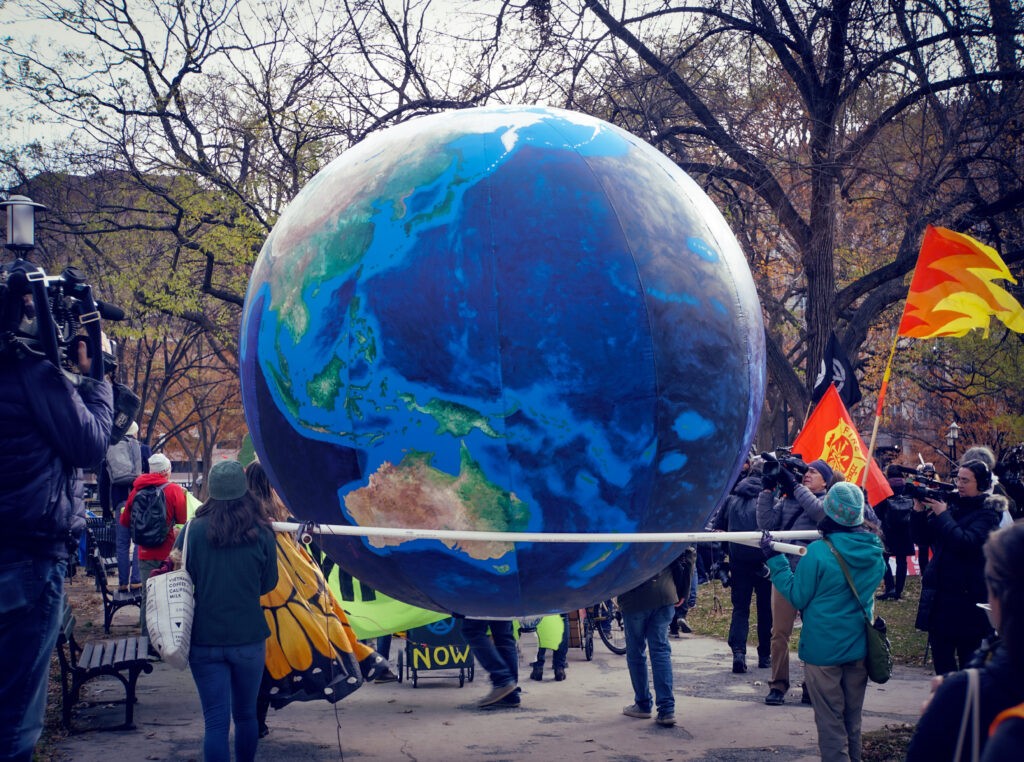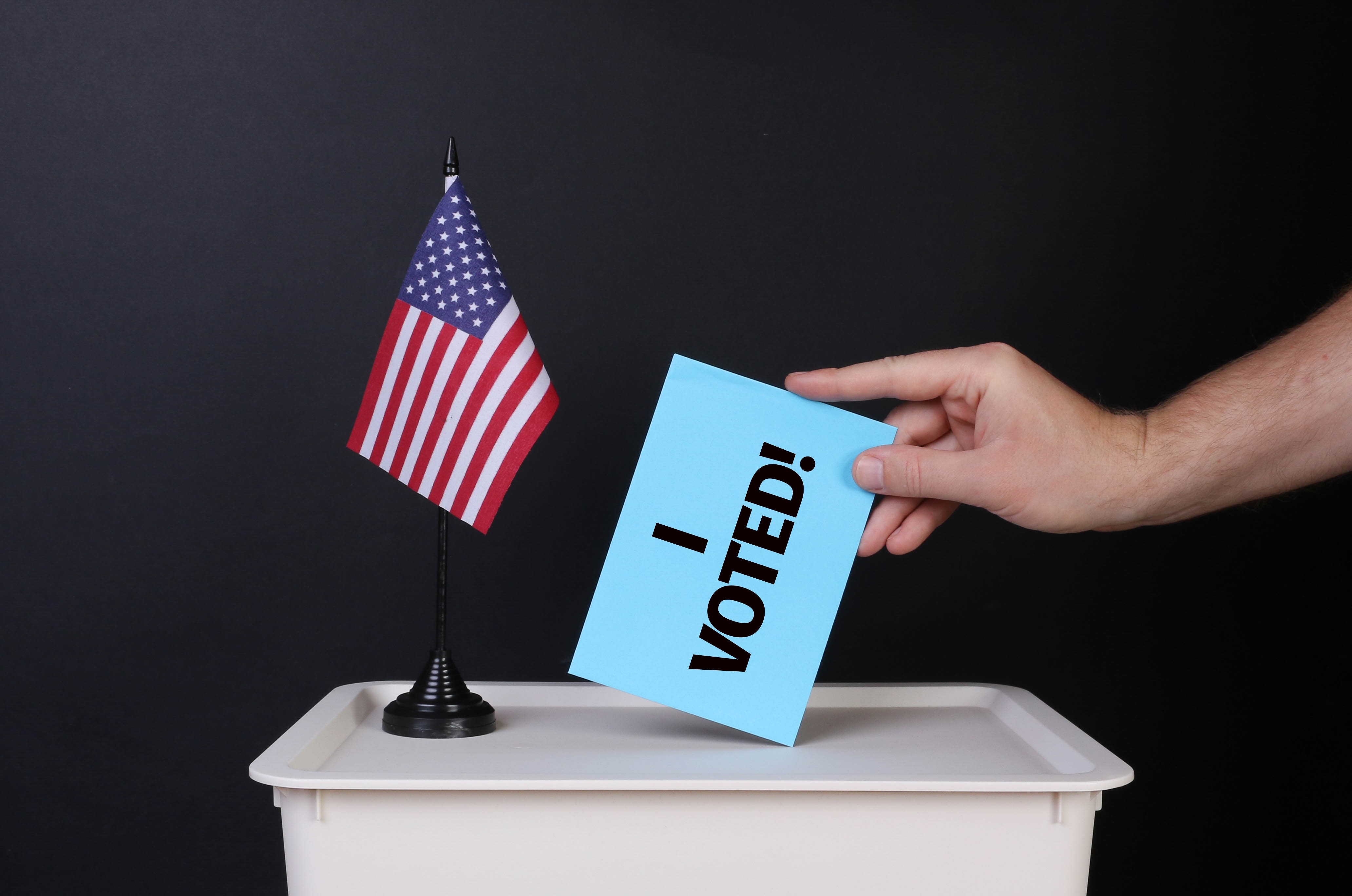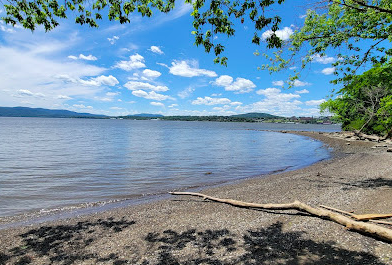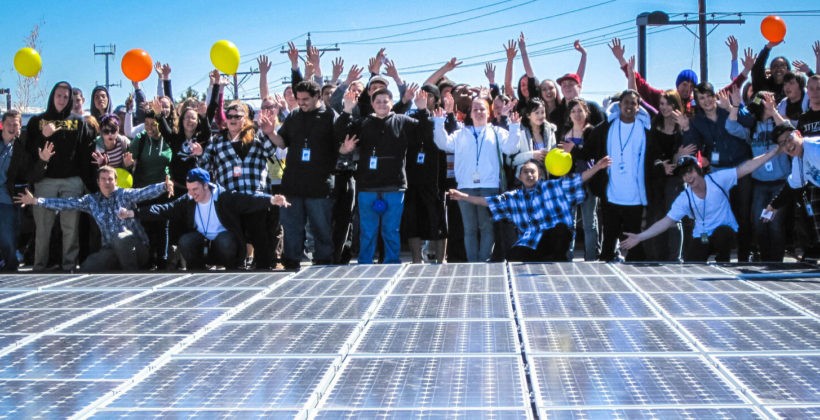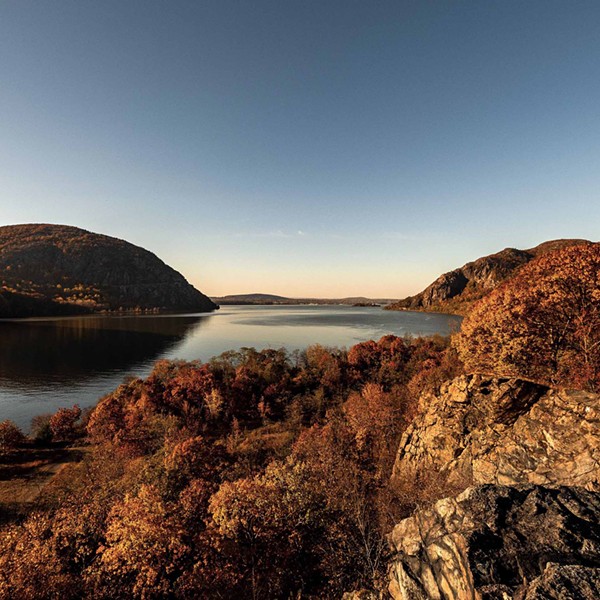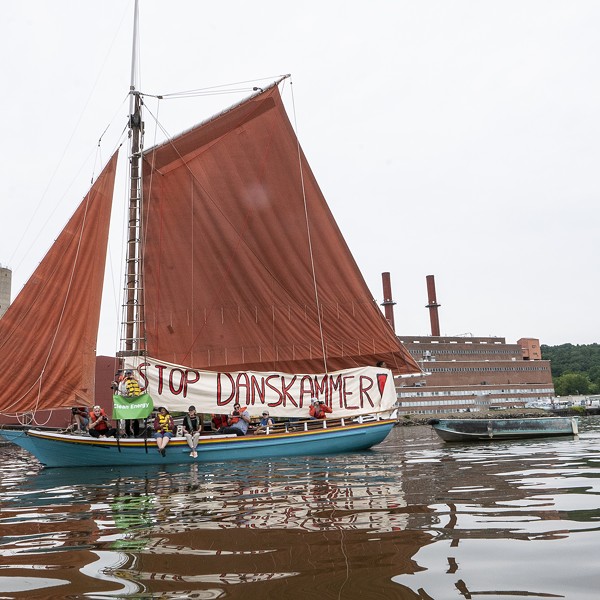Sustainable Hudson Valley and many partners, including Chronogram, bring you Climate Solutions Week 2022, a festival of ideas and a call to action on rising to the challenge of the climate crisis and mobilizing the many creative solutions that are close at hand. Forums, films, workshops, a civic skills training, and theater performances are some of the highlights of this exciting event series that stretches from Columbia County down to the Palisades and of course, on Zoom. All events can be found here.
As a conversation starter, Sustainable Hudson Valley has asked some event producers and other close collaborators to share their thoughts on the work to be done to slow climate change and protect the place we call home. What will it take to pull us back from climate catastrophe? See their answers below, and links to learn more.
Get Renewables Built Fast (And Do It Right)
Simply, we must stop burning fossil fuels and quickly transition to a clean energy system. This requires upgrading the energy grid and building enough new renewable energy and battery storage, not only to replace fossil fuel generation, but also to meet growing demand as we electrify buildings and transportation. Taking advantage of free and clean energy from the sun and the wind stabilizes energy prices, creates jobs, brings in tax dollars, and reduces pollution. We can meet clean energy targets while protecting our farmland, wetlands, wildlife habitat, and community character. It just takes smart siting and design, and strategic, dual-use solutions like combining solar with agriculture. By using planning tools like Scenic Hudson’s How to Solar Now energy tool kit, our Hudson Valley communities are already finding sites for renewables that won’t disturb natural resources or the neighbors. Clearwater, New Yorkers for Clean Power, and Scenic Hudson have trained representatives from several dozen communities in applying this tool, which is free and user-friendly. As more communities apply this tool to promote and guide renewable energy development, the Hudson Valley will serve as an important model for a regional response to climate change.
Audrey Friedrichsen, Esq., LL.M. is senior climate and renewable energy attorney, Scenic Hudson.
Power Up Political Action
While there is plenty of great work at the state and local level on the climate crisis, we can’t succeed without Congress. For a long time, folks thought that was impossible and turned away from it. But with the passage of the Inflation Reduction Act, we see two things: congressional action is possible, and it dramatically increases what we can do here at home in New York. For the first time in decades we have consistent economy-wide industrial policy, which will make addressing the climate crisis much easier. That includes 10 years of guaranteed subsidies for clean energy, huge rebates to everyday people to make their homes energy efficient and fossil free, and advanced manufacturing investments so the pieces of the clean energy economy will be made here in the US, with good paying jobs. Congress is uniquely empowered to do these things, and we have to keep pushing for more action to address the climate crisis at the scale that science demands.
And that comes down to environmentalists voting. It turns out that people who rank climate or the environment as their top issue, don’t tend to vote. Far fewer of them turn out at elections than average voters. In Dutchess County alone there are over 12,000 super environmentalists, already registered to vote, who have never voted in a federal mid-term election. Getting these people to the polls—as the Environmental Voter Project does—can change the character of every elected body in New York from our Congressional delegation to state reps, town boards, and mayors.
Sean Dague is a Citizens Climate Lobby volunteer and co-lead of its Mid-Hudson Chapter and state co-coordinator. Dague will present a hopeful overview of the clean energy transition that's underway, “View from the Clean Energy Future.” at Boardman Road Branch Library in Poughkeepsie, September 22, 7-8pm.
Stop Funding Fossil Fuel Infrastructure
Big Oil cannot operate without Big Finance—it is the big banks, asset managers, and insurance companies that are financing climate disruption. Turning off the money pipeline is one of the most effective ways to decrease the input of greenhouse gases into the environment. GreenFaith and collaborators engage in actions directed at banks, insurance companies, asset managers and institutional investors to stop funding, insuring and investing in climate destruction—and, to invest in renewable energies and innovative environmental solutions. We also support individuals in moving their money into fossil free financial institutions.
Michael Richardson is with Rivers and Mountains GreenFaith and on the NY-Renews Steering Committee. Learn how to move your money out of Big Finance and invest in renewable energy in workshops led by Richardson on September 17 from 1-2pm and September 21 from 6-7:30pm at the Chatham Library; September 18 from 11:15am-12:30pm at the First Presbyterian Church in Hudson; and September 22 from 6-7:30pm at the Roeliff Jansen Library in Hillsdale.
Deal with Legacy Carbon to Keep the Planet Livable
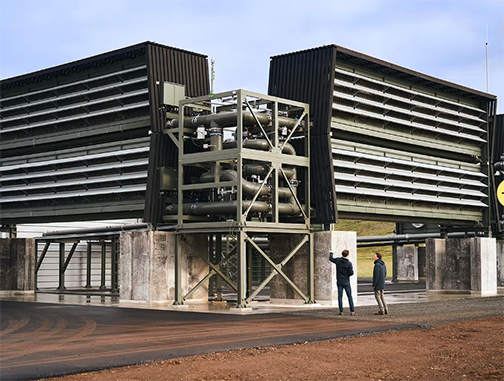
Leila Conners is the founder and director of Tree Media. She is the director of Ice on Fire, a documentary that focuses on many never-before-seen solutions designed to slow down our escalating environmental crisis. Conners will share her international research on the breadth of climate solutions at a September 18 evening forum, "Carbon Drawdown Technologies: Ancient to Emerging," hosted by Basilica Hudson.
Help Nature Help Us
Conserved lands provide one of the first lines of defense against a changing climate—by absorbing floodwaters from major storm events, sequestering carbon dioxide and other greenhouse gases, and providing natural cooling in places that suffer from extreme heat. The Clean Water, Clean Air, and Green Jobs Bond Act offers a once-in-a-generation opportunity to create a healthier, more prosperous future through land and water conservation. If approved by voters on the November 8 general election ballot, it would direct $650 million to open space, land conservation, and recreation. Every New Yorker depends on these for clean water and air, locally grown food, and places to enjoy the outdoors and explore nature. Communities will use funds from the Bond Act to conserve family farms that supply fresh food, protect land and waterways that safeguard drinking water, restore irreplaceable wildlife habitat, and make homes and businesses more resilient to climate change. To learn more, visit Voteyescleanwaterandjobs.com.
Carli Fraccaroli is the state policy coordinator for Scenic Hudson.
Bring It Home Through the Arts
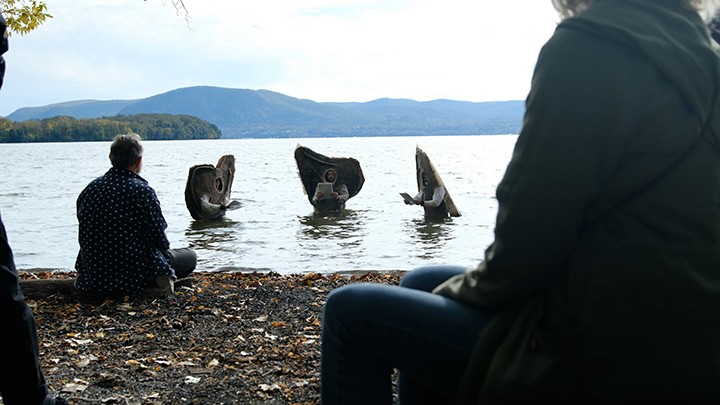
Eve Morgenstern is a filmmaker and photographer. Morgenstern is the director/producer of “Soon is Now,” an annual climate arts and theater festival at Long Dock Park in Beacon, on September 24 from 2-5pm.
Do the Work
We have the technology to massively cut carbon emissions through efficiency, electrification, and renewable energy while saving money and producing massive health benefits. We all need to be doing the work in myriad ways to remove the barriers to adoption of these existing technologies by addressing the legal, industry, and structural barriers which are currently slowing their adoption. There are actions at every level of government, and in our personal and financial lives, we can do to help this happen.
Tom Konrad is the chair of the Marbletown Environmental Conservation Commission. Konrad will present “Low Cost Climate Innovation in the Town of Marbletown,” a talk and conversation, on September 19 from 6-7:30pm.
Make "Climate Solutions" a Household World
We need a massive public education campaign so that everyone understands how mainstream and accessible climate solutions like solar, heat pumps, and electric vehicles have become, and how to shop for them like any other new appliance. At the same time, we need to counter the disinformation about New York’s Climate Law that has come from some in the fossil fuel industry, like the claim that the government is going to take away our furnaces tomorrow.
Betta Broad is the director of New Yorkers for Clean Power. New Yorkers for Clean Power host “The Recipe for Equitable Climate Friendly Buildings” featuring Rory Christian, CEO NY Power Authority, in NYC and via Zoom on September 21 from 10:30am-1pm. Register here.
Network Solutions for Synergy
There is a wildly creative movement afoot: architects and designers, farmers and foodies, recyclers and fixers, energy entrepreneurs and financiers. They are all concentrating on scaling up the many solutions to climate change that reduce emissions, draw greenhouse gases out of the atmosphere, and regenerate natural systems like soils and forests. In developing the Regional Climate Action Strategy for the Hudson Valley with dozens of partner organizations, we began to understand the extent of the creativity in our midst.
In Hastings-on-Hudson, the building code now requires all new construction to use low-carbon forms of concrete, which has been one of the nastiest products to make. New York is starting to help towns to pilot geothermal systems that don’t just serve a building but an entire district. A group of recent Columbia grads has formed a company called VoltPost which is developing an EV charger that can be installed directly into a street lamp post. Right now, there are demonstration projects and small startup companies coming up with game-changing ideas like these all over. And there are local enthusiasts all around our region, like Climate Smart Community commissions, who know how to get new ideas adopted in their communities and are actively looking for new solutions like these.
My first pick for the highest-impact thing we can do is to create a network of innovators for climate action all around the Hudson Valley. And by happy coincidence, Partners for Climate Action Hudson Valley has just done so with the Hudson Valley Climate Action Network, launching on September 15 with a kick-off event at Basilica Hudson from 4-7pm. Sustainable Hudson Valley is proud to be a founding member.
Melissa Everett, Ph.D., is the executive director of Sustainable Hudson Valley. Everett will report on the action agenda emerging from the Regional Climate Action Strategy via Zoom on September 19, 2022 from 7-8:30pm.







